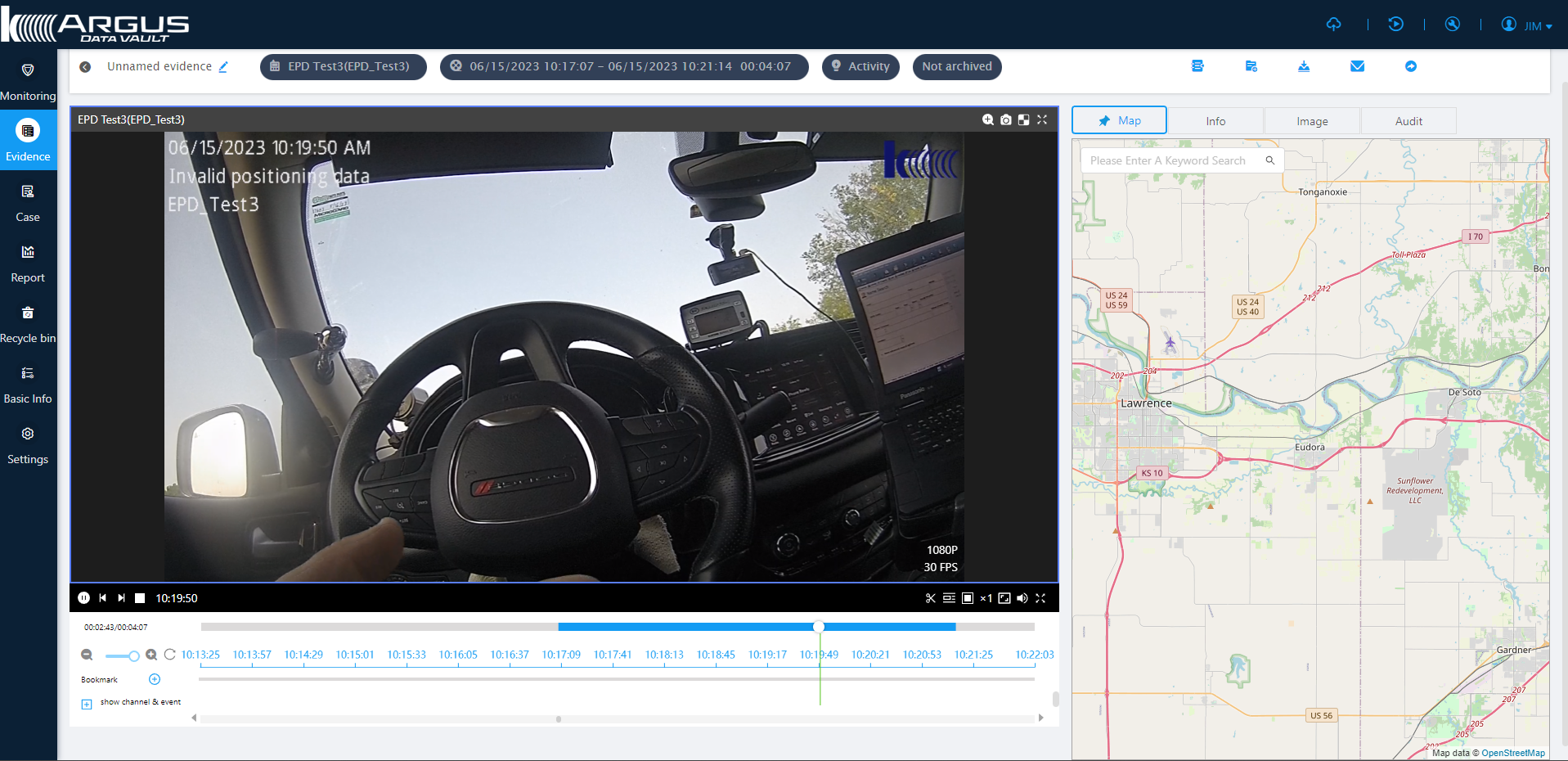As technology continues to advance, often at what seems like exponential speed, a workplace has to change, adapt, and evolve. Police departments and law enforcement agencies across the country and the world grapple daily with the changes these technological advances bring.
While new tech often offers many benefits to a police department, from enhanced safety features on essential equipment to digital back office support and data management, it may come with a hefty price tag. However, when looking at the big picture, certain upgrades, like digital evidence management, actually have the potential to save a police department money.
Let’s take a look at a few ways that digital evidence management can help a police department’s budget and beyond.
Reduced Amount of Physical Media
It’s estimated that about fifty percent of business waste is made up of paper.
For decades, police departments and law enforcement agencies have wrestled with the reams of paper that are essential for communications, record-keeping, and evidence collection. When technology advanced and digital storage on hard drives became a reality, paper requirements were somewhat reduced. However, the advent of digital storage in the form of the cloud necessitated new methods of organization and management of the media.
Modern DEMS (Digital Evidence Management Systems) have been game-changers, now featuring unlimited cloud storage capabilities. Acting as a virtual command post for departments, these systems are designed to effortlessly manage the digital evidence collected from the cloud, streamlining the process. This helps to reduce the amount of physical media needed and can have a positive impact on the department’s budget.
Fewer Physical Storage Spaces and Management Needed
Police departments will continue to need physical storage spaces despite advancing technology and the streamlining of digital evidence management. Fortunately, storage space requirements, particularly for costly physical media (CDs, tapes, etc.) can be reduced when efficiently utilizing a DEMS.
In addition, DEMS can make it easier and increase transparency levels across the chain of custody when organizing digital evidence and artifacts. It becomes more difficult for the original copy of the digital evidence to be altered or tampered with in any way. All access is controlled and limited to authorized personnel only.
According to a survey by Center for Digital Government, 35 percent of state and local law enforcement have adopted a cloud-based digital evidence management system.
Reduced Outsourcing and Work Hours
Not all digital systems are created equal. Some have limited flexibility with cloud storage and retrieval, while others may be laboring under outdated software.
When sourcing an evidence management system, Argus Data Vault offers multiple cost-saving benefits for your law enforcement agency. It offers the flexibility of running on-site or in the cloud. It’s designed to enable an airtight chain of custody and includes the ability to create expirable links for evidence sharing, both internally and externally.
When it comes to redaction processes, we know that many departments struggle with the massive time it takes to properly edit and redact a 30-second clip. It eats up work hours that your department doesn’t have as well as the budget to cover those hours. Outsourcing can help, but it, too, can be a budget buster. Argus Data Vault solves those issues. It features one-touch redaction, making it faster and easier to prepare evidence for court cases and when it’s needed for public access. The original evidentiary files remain intact even after on-touch facial redaction is used.
Let Kustom Signals answer all your questions about Argus Data Vault and the many benefits of digital evidence management systems. In addition to Argus Data Vault, our ProLog back office is designed to manage the recordings for the ProLaser 4 and LaserCam 4 with ease of use and secure chain of evidence. Contact us today for more information.

